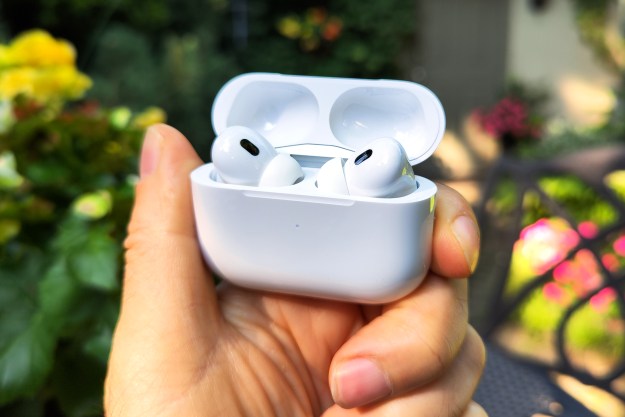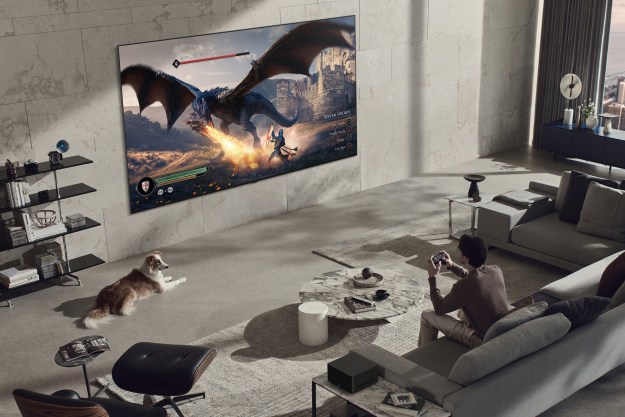Despite all the existing wireless devices for pushing computer-based video content to televisions in the home, after buying a different receiver for every TV in the house, you can’t help but wonder why you can’t somehow use the regular old coaxial cable that already reaches each TV for cable. While getting that cable to carry a custom TV channel would have been completely impossible without thousands of dollars worth of studio-quality TV equipment in the past, a new device from ZeeVee Inc., announced Thursday, will make it possible for the consumer, and with high-definition quality to boot.
The ZeeVee ZvBox works by tapping into a computer’s monitor output and turning that content into a high-def cable TV channel that it broadcasts locally within your home through ordinary coaxial cable. This “localcasting” allows any cable-connected TV in the home to tune to the channel Zv and view the computer screen in high definition.
The benefits are numerous: there’s no need to buy separate receivers for each TV, you can start watching a movie in one room and finish it in another like with ordinary cable shows, and the high-definition broadcast quality makes even small text legible on the TV, so it’s feasible to actually use your computer from afar. To further facilitate this, ZeeVee also developed the ZvRemote, which includes standard media controls plus a touchpad for remotely controlling a computer’s pointer from up to 150 feet away, and the ZvKeyboard for typing.
The ZvBox is available for preorder now, exclusively through Amazon.com. A bundle including both the ZvBox and a ZvRemote runs for $499, and will begin shipping on June 30 when the device is officially released.
Editors' Recommendations
- The 6 best optical audio cables for soundbars and more in 2024
- Best cable TV deals: Save on Dish, Xfinity, Spectrum, and more
- LG’s DukeBox concept marries a tube amp with a transparent OLED display
- How to charge AirPods wirelessly or with a power cable
- Dolby Atmos FlexConnect could eliminate home theater soundbars and HDMI cables


